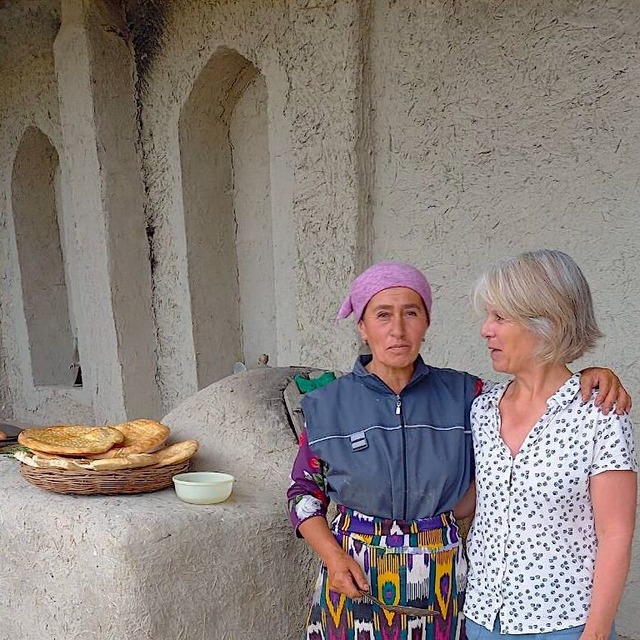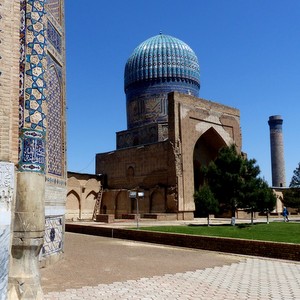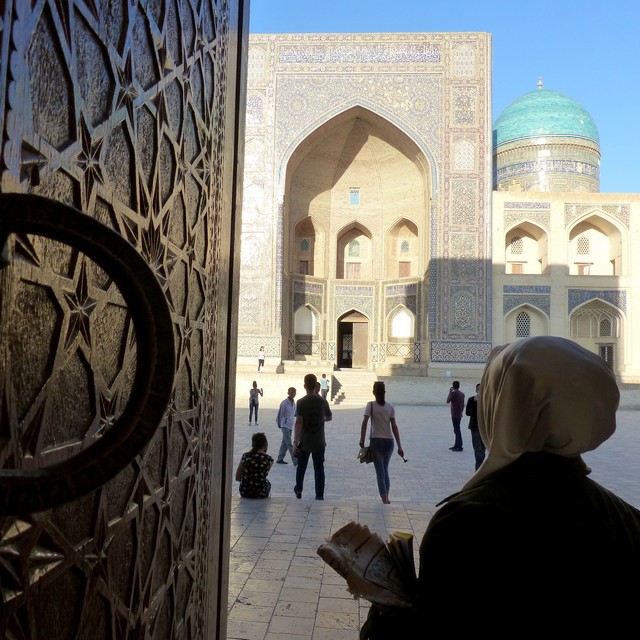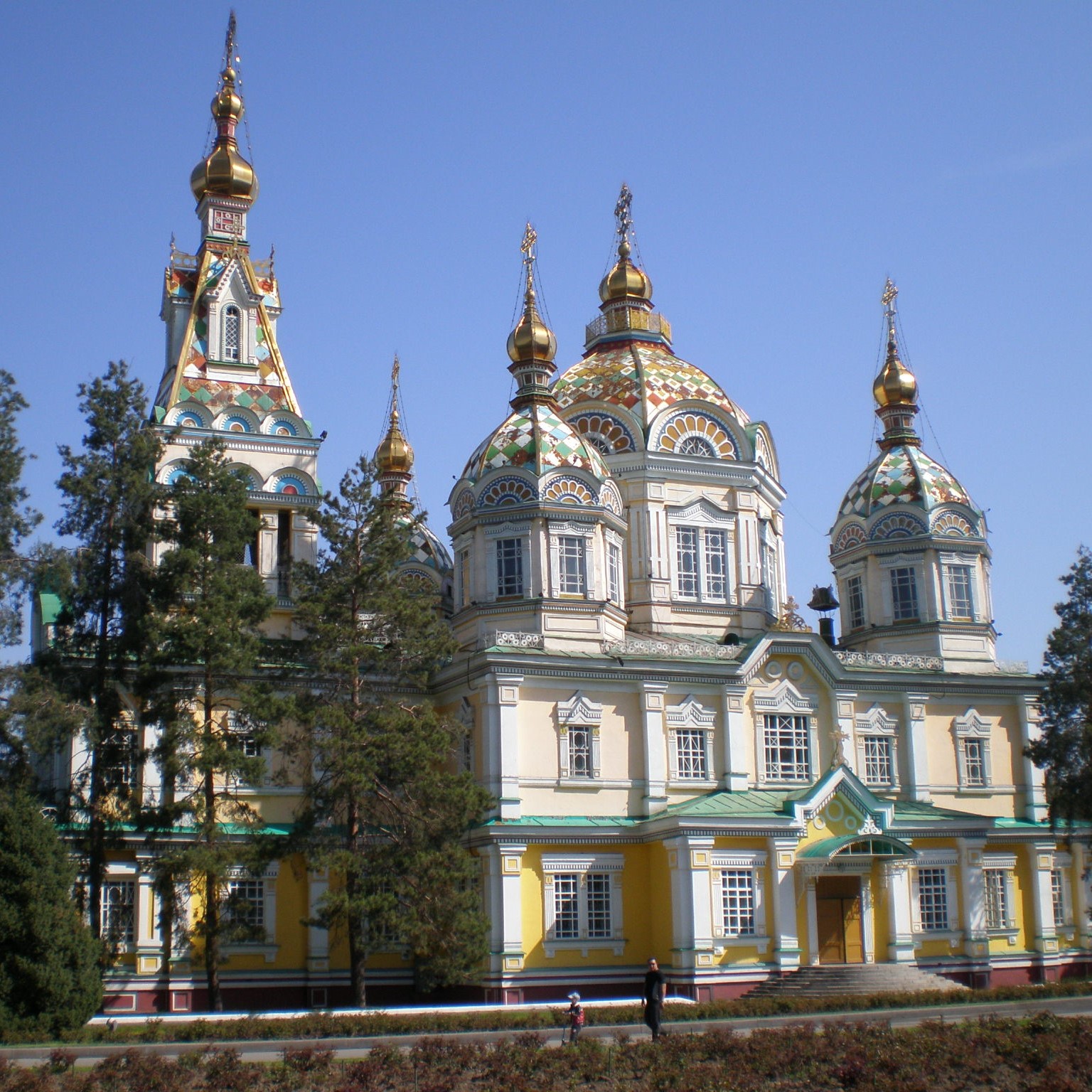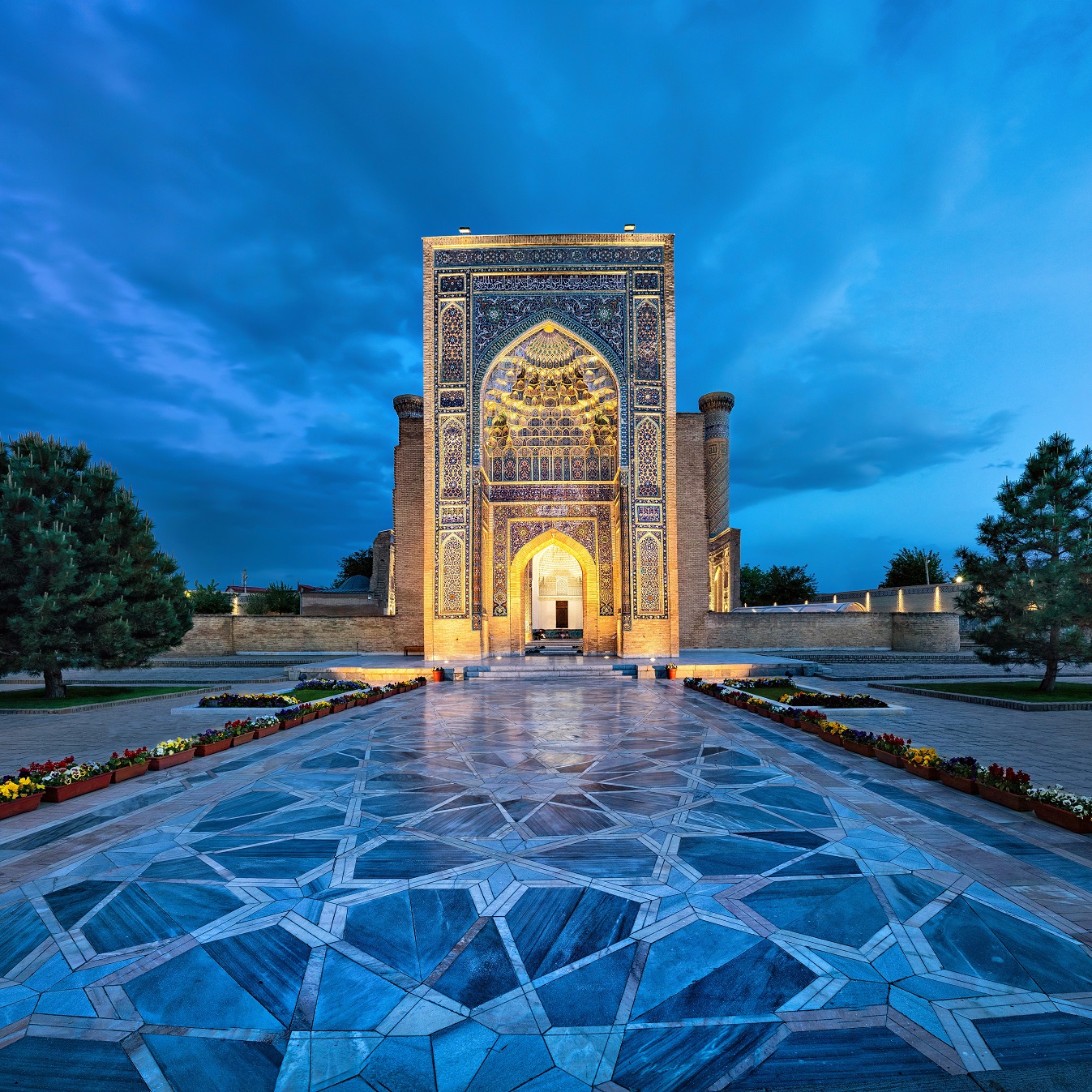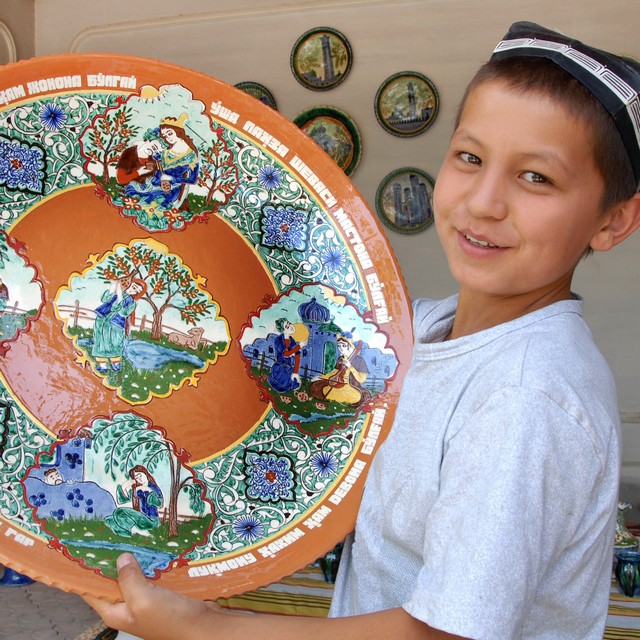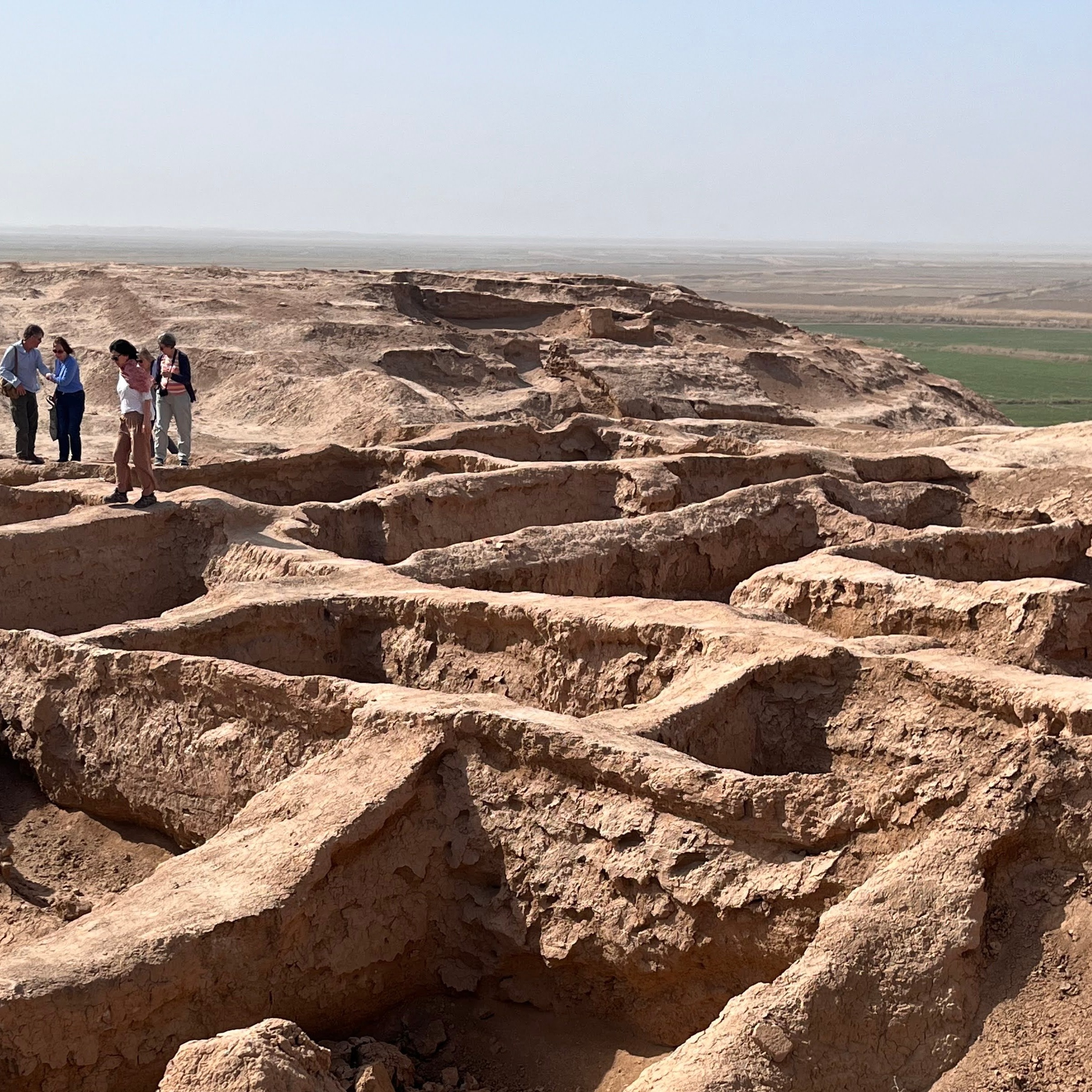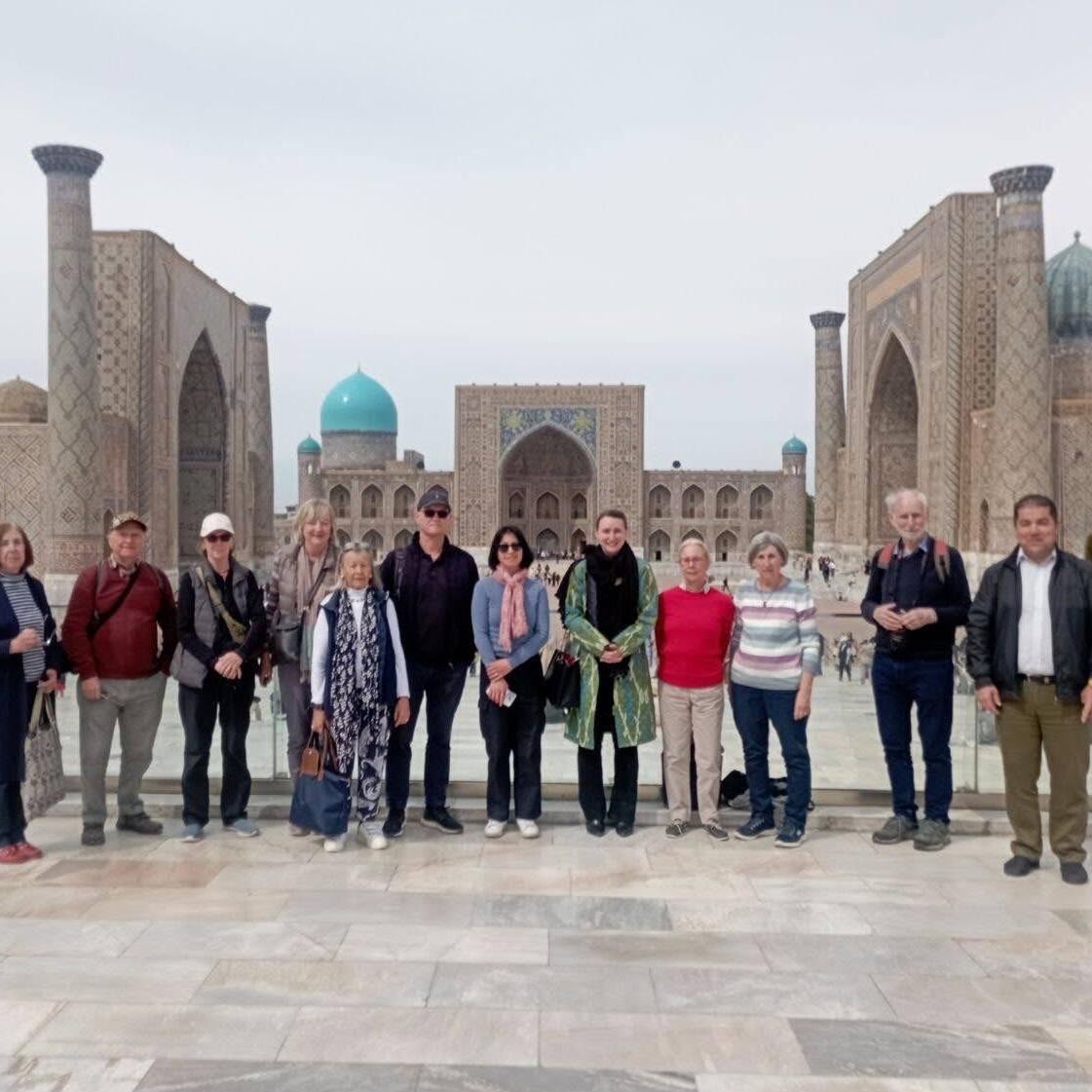
Day 1 : Arrival
Early morning arrival to Tashkent on an overnight, direct flight from London to Tashkent on Uzbekistan Airways. Airport transfer provided by Travel the Unknown representative. Check in early to your hotel and catch up on some rest after your night flight.
After lunch, we'll take you on an excursion around venerable sites in the old quarters of this city. Excursions cover Kukeldash Madrassah, Kaffal Shashi Mausoleum, and Barak Khan Madrassah in the Hazrati Imam Complex, as well as Chor-Su bazaar, famed for its skilled handicrafts.
Meal plan: Breakfast, lunch & dinner
The Harzat Imam Complex is the heart of old Tashkent. It includes several important buildings, including the lovely 16th-century Barak Khana seminary, the 19th-century Tila Shaikh mosque and Hazrat Imam mosque. The latter was built in 2007 with Indian sandalwood columns that were carved by masters from all 12 of Uzbekistan’s regions. The marble was brought in from Turkey and the blue-tiled domes decorated with real gold leaf. Finally, the Muyi Moborak library contains the oldest Qur'an in the world, created only 19 years after Mohammed’s death.
The traditional Chorsu bazaar can be found at the heart of Tashkent’s old town, near the famous Kukeldash Madrasah. Dating back over one hundred years, the bazaar sits beneath a large, blue-domed roof that is designed to keep out heat and dust. The bazaar serves up an abundance of fruits, nuts, meat, spices, fresh bread, as well as various handicrafts.


